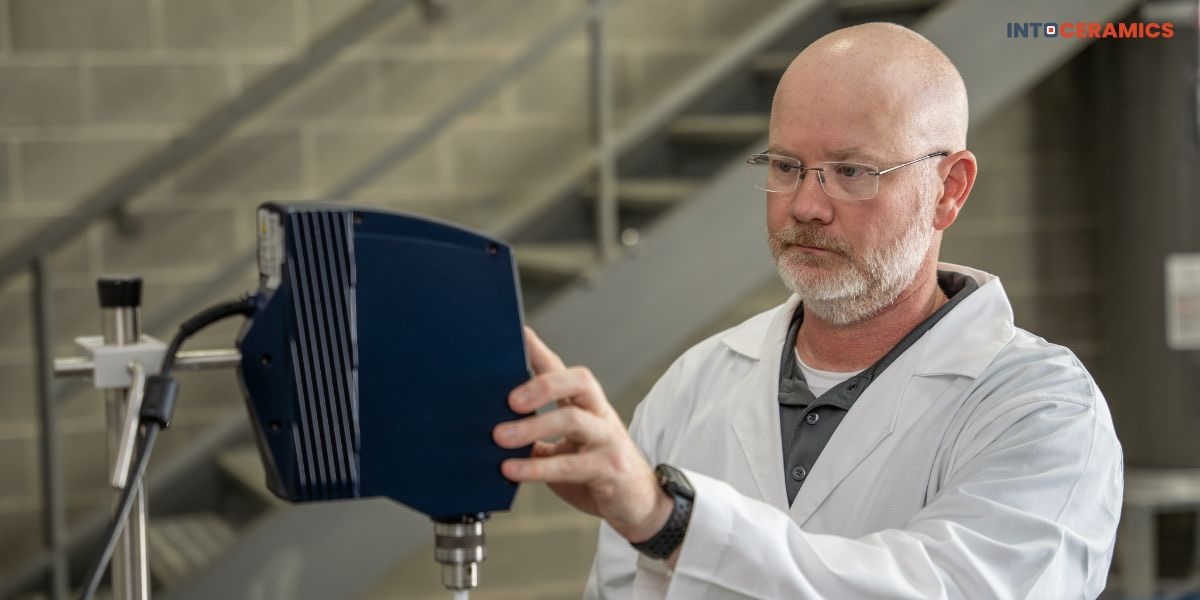
Turning Science into Product: Early Stage Startup Realities
There’s a difference between having a patent and having a product; between showing something works in the lab and actually shipping it to customers on schedule.
Many early-stage startups are built by brilliant scientists and engineers, and it shows. They can talk for hours about formulation chemistry, particle morphology, or temperature curves. It’s an exciting time of what if and wouldn’t it be great if we could… conversations.
But eventually, every great technical idea hits the same wall: who’s buying this, and why?
When Science Meets the Market
Most startups don’t fail because the technology doesn’t work. They fail because the team never connects that technology to a repeatable product that solves a real problem. The founders can prove something in the lab, but scaling it, pricing it, and producing it consistently require a completely different skill set.
That’s where things start to unravel. Timelines stretch, costs rise, and investors begin to ask uncomfortable questions.
Teams with impressive technical depth often lack a roadmap that matches manufacturing reality. Specifications are tuned to academic perfection instead of what a customer actually values. Burn rate climbs, and there’s no revenue stream in sight.

Bridging the Gap Between Discovery and Direction
Assessing technical readiness against manufacturing readiness shows how validation links to organizational direction and asks whether something that works once can work every time. It often includes tools like technology readiness levels (TRLs), pilot-scale process trials, and manufacturability reviews that test a process outside the comfort of the lab. The goal is to find out early whether a concept that looks great on paper will stay stable, repeatable, and cost-effective when run at production scale. These checks reveal where engineering assumptions might break under real-world conditions and guide smarter planning for the next step toward commercial manufacturing.
Determining whether an early-stage company has a direction, not just a discovery, is a crucial step. It means looking beyond the science to answer some tough questions:
- Does the team understand the market they’re trying to serve?
- Do their specs reflect customer requirements or lab preferences?
- Can their roadmap support production at a sustainable cost?
- Is anyone thinking about scale-up, logistics, or quality systems yet?
When those answers are vague, it’s a sign the company is still in the “what if” phase, and that’s a risky place to build from.
Read More: Early Stage Startup Advice
Saving Pain Later by Asking the Right Questions Early
Startups can track readiness using measurable metrics that link development work to commercial progress. Typical indicators include cost of goods sold (COGS), throughput rates, reproducibility index, yield stability, and transition speed from lab to pilot runs. Focusing on these numbers helps teams evaluate how close they are to consistent, scalable production, identify gaps before expansion, and improve cost forecasting, material efficiency, and production alignment. These outcomes demonstrate that the right questions were asked early and answered with practical action.
Clarity saves months of rework (and millions in wasted investment) later. After all, every startup burns cash, but the smartest ones learn how to burn it in the right direction.
Partner with IntoCeramics Today
The excitement of discovery is what fuels innovation, but the discipline of production is what builds a business.
Ready to move from discovery to direction? IntoCeramics helps early-stage startups bridge that gap, taking ideas from the lab bench to the loading dock. Schedule a consultation or read On the Plant Floor to see where your venture stands.
We can help answer questions about:
